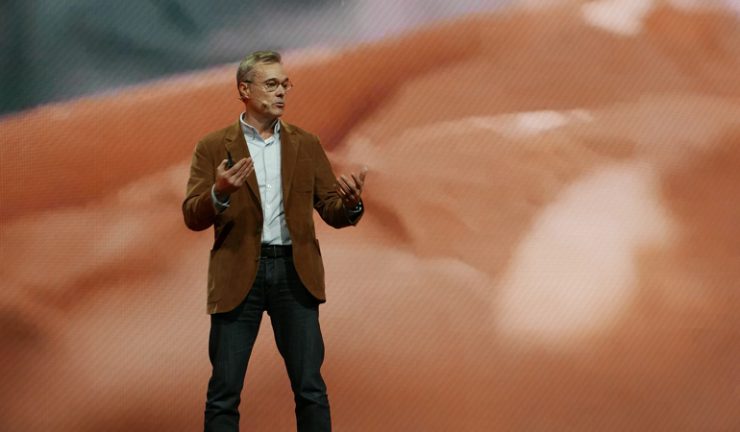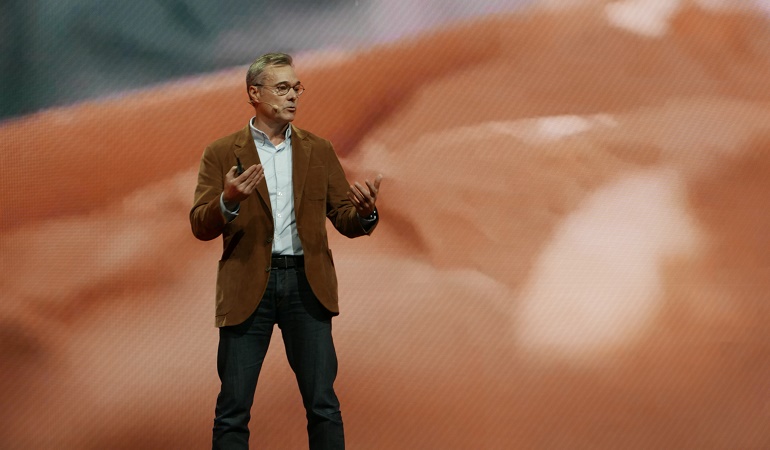At Sydney event.
The second Amazon Innovation Day was held at the Sydney International Convention Centre in conjunction with the AWS Sydney Summit on Tuesday, bringing together global and local leaders to share how technologies are being used to solve problems for customers today and how they will evolve to meet the challenges of tomorrow.
The audience of 8,000 heard how AI, machine learning, and robotics are changing the world and how this learning helps Amazon deliver for the customer.
Amazon VP of global marketing – Prime and Engagement, Neil Lindsay (pictured) discussed the importance of customer experience and why Amazon employs the ‘working backwards process’ before launching an idea.
“When you have a great customer experience, people talk about you positively and it brings traffic to the site, traffic brings sellers and more than half of what we sell on Amazon is sold by third party sellers, which are mostly small to medium businesses.
“Everything we do at Amazon around innovation is about improving the customer experience – the source of our customer obsession.

Photo Credit: Christine Brooks
“Working backwards process starts with what we call PR/FAQ – a press release with a set of frequently asked questions. The original press release was written when we were thinking about the Prime service (codename: Futurama) not when we had already launched it.
“At the time, the decision to buy online came with a conscious decision to spend money on shipping. When we write that press release, we also write a set of FAQs from the perspective of the customer and from the perspective of our own internal teams.
“Customer questions might be – how much will it cost? Will it actually save me money? What things can be shipped in two days? What if I don’t like it, can I cancel?
“The sort of questions we ask ourselves are – how do we know customers want this or love this? What will we need to invent? If there’s nothing to invent, then is it really compelling enough, is this a big enough idea?
“We also ask what is the financial vision? Is it sustainable? As you might imagine with the Prime program, there were a number of things that were going to be challenging.
“First and foremost, we had to be confident we could predictably and precisely deliver in two days. We knew that a program like this would impact every single page on our website – a Prime member would have one sort of experience and a non-Prime customer would have a different type of experience.
“We had to build our first ever subscription service, which sounds easy, but it isn’t. Of course when you offer something unlimited, people are likely to order more of it and with more orders comes more direct costs. This program may cost us more than the subscription revenue we could generate.
“When you have a big idea, when you’re working back from a compelling customer promise, it’s quite common to get a lot of noes. Naysayers are common with big ideas. And it’s important to work hard to get to yes.
“Amazon Prime started with a sense that there is risk and frankly, people thought we were nuts and thought it was unlikely to be valued by customers at a cost of $80 for membership.
“The good news is that customers did show that they loved Amazon Prime and by 2010 (five years after launch), we had millions of members and we achieved that by adding product selection, being precise in our delivery and adding more locations. We know that customers are divinely unsatisfied quickly and you want to embrace that. Yesterday’s innovation is today’s new norm.”

